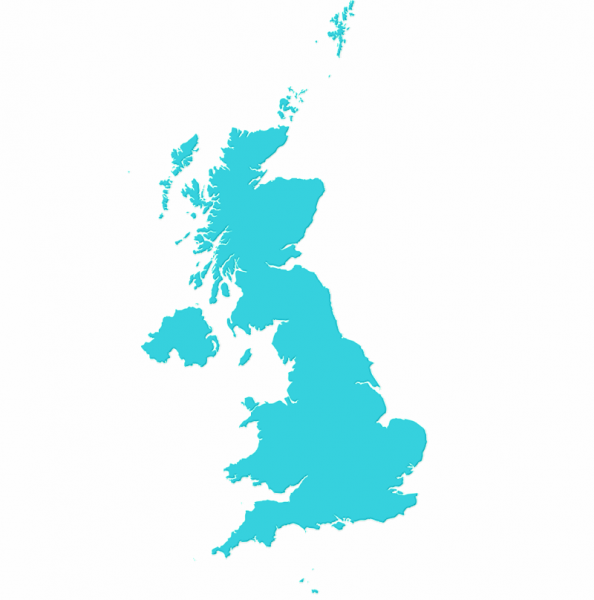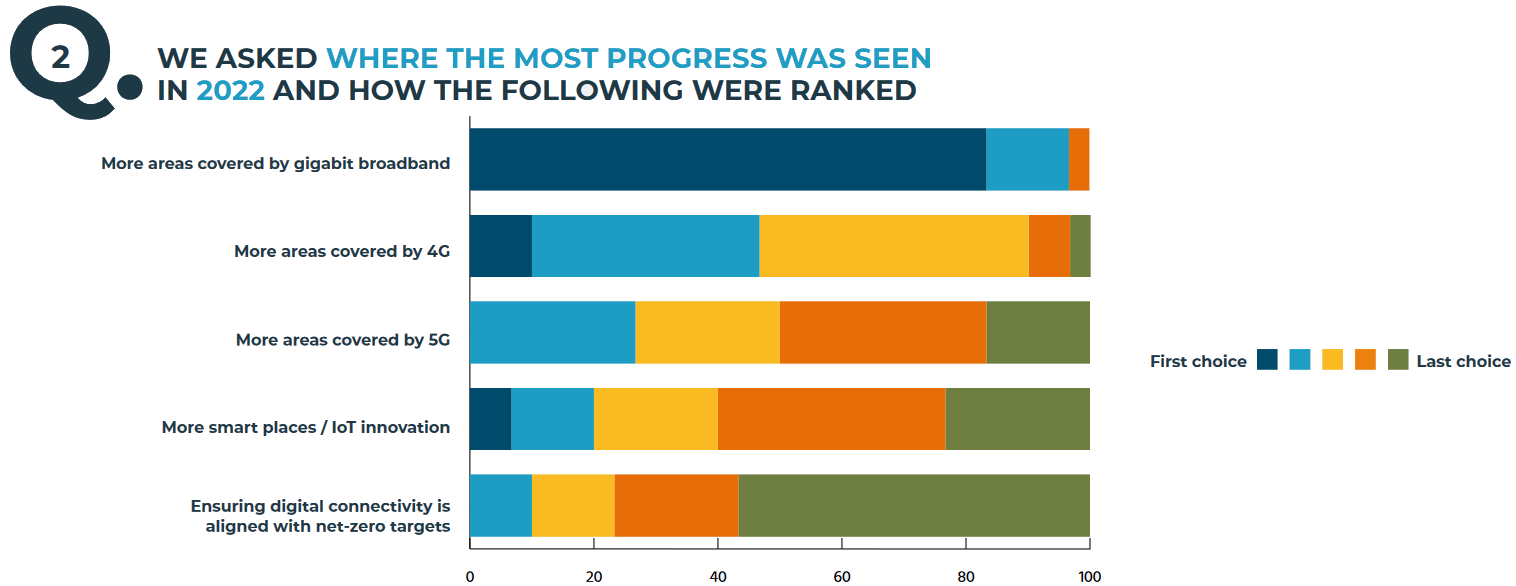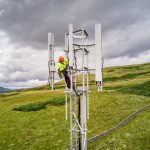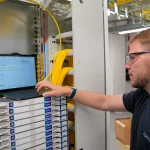FarrPoint Highlights Broadband Priorities and Challenges for UK Councils

Technical UK consultancy firm FarrPoint has today published a new report, which surveyed 100 digital leaders at local authorities across England, Scotland and Wales to discover the priorities and challenges they face in upgrading digital infrastructure (e.g. gigabit broadband, 5G mobile etc.).
The report – FarrPoint Digital Connectivity Survey 2023 (PDF) – found that around 50% of local authorities who responded have invested time and resource in developing their own Digital Connectivity Strategy. But all respondents agreed that “gigabit broadband” plays a fundamental role in enabling their region to remain competitive, and 85% agreed there was a demonstrable need for gigabit speeds.

Interestingly, 5G based mobile (mobile broadband) has a “relatively low profile in the survey“, although there are pockets of very interesting and informative 5G projects underway. But the survey suggests that it’s now largely being seen as a “good consumer evolution“, albeit with an “awareness that it could bring specific benefits to specific sectors as the technology and marketplace matures.”
Advertisement
Another interesting observation is that the plans by Openreach to switch-off the old copper-line based analogue phone service by December 2025 (note: the physical copper will still be used for broadband), which have been broadcasted since before 2015, still aren’t well known. Indeed, some 25% of respondents had not yet made plans for it, which could be storing up problems for the very near future.
Key Highlights of the Connectivity Survey
➤ The survey asked if Local Authorities (LA) had developed a digital connectivity strategy and, if so, how old it was. Some 43% said they had a strategy that was less than 3 years old, while 19% said they had one that is older than 3 years, while 26% were currently developing their strategy and 12% didn’t have one.
➤ In terms of the main barriers to improving connectivity, most LAs highlighted a lack of central government funding as the biggest obstacle, followed by the challenges of infrastructure deployment (i.e. arranging street works, seeking permits, going through planning etc.) and a perceived lack of market interest (by broadband ISPs etc.) in deployment within respondents’ areas – those were the top 3 barriers.
➤ The survey also asked what the main barriers were to take-up in each area. Some 27% highlighted the affordability of services, with 24% pointing to the availability of services (or lack thereof), 17% referencing a lack of awareness (i.e. consumers may not know a new network is present), 13% mentioning a lack of digital skills, 11% stating a lack of demand stimulation and just 8% said there was “no perceived benefit” from the services.
➤ Nearly all respondents felt their organisation had a role to play in ensuring gigabit was delivered in their area, but only 45% of those felt that they were sufficiently resourced to meet this need. Some 50% felt they needed to play a role, but were not resourced to do so and 5% didn’t expect to play any role in ensuring gigabit broadband is delivered.
➤ Around 75% of organisations had undertaken some form of mapping of services across the region to aid the rollout of gigabit networks and around 50% had been involved with some form of intervention with public funds and/or undertaken some demand raising initiatives. Around 30% of organisations had been involved in an anchor tenancy type model to help drive fibre connectivity in their region, but there was apparently “little evidence of co-investment with suppliers” in any form of joint venture arrangement (thought we have seen some of this, such as in Stoke and Manchester).
➤ In general, there was a fairly even split of views in relation to 5G. Slightly more than 50% of organisations believed 5G has a high priority in the delivery of services although most thought it was not a priority for the organisation. Around 60% thought that 5G was a priority for business and economic development, while another 60% thought that the priority should be to get 4G coverage improved first. This is more likely to be a priority for more rural areas where 4G coverage remains lower than urban areas.
➤ 100% of responding councils felt at least reasonably well informed about digital connectivity coverage in their area.
➤ 80% of respondents were unsure how improved connectivity can reduce carbon emissions.
➤ Interestingly, just 14% of respondents said their organisation was “well prepared” for the looming switch-off of older 2G and 3G based mobile services, while 7% were unaware of it. But 50% still considered themselves to be “reasonably well prepared” and 29% had not yet started planning for it.
Dr Andrew Muir, Chief Executive at FarrPoint, said: “Our research highlighted some good progress on digital connectivity within local authorities, but there are still some areas for further development. With the focus from national government and industry on rolling out gigabit services and investments in fibre, it is not surprising that this was the area where we saw most progress from councils in 2022. There have also been improvements in 4G coverage, and to a lesser extent 5G, along with some advancements in smart places and IoT.”
However, Andrew also strongly advised local authorities to ensure they have an up-to-date connectivity strategy, and also to prioritise preparations for the telecoms switch-offs, as some of these changes are already happening.
Mark is a professional technology writer, IT consultant and computer engineer from Dorset (England), he also founded ISPreview in 1999 and enjoys analysing the latest telecoms and broadband developments. Find me on X (Twitter), Mastodon, Facebook, BlueSky, Threads.net and Linkedin.
« Shell Energy Still Attracting Most UK Broadband Gripes in Q3 2022






















































Comments are closed